Best Places to Visit in Maine

Maine is a state of rugged coastlines, charming seaside towns, and endless natural beauty, to me, making it one of the most captivating destinations in New England. I had the chance to explore it frequently while living in NYC for 10 years, and it quickly became one of my favorite escapes. From its iconic lighthouses and lobster shacks to its forests, lakes, and mountains, The Pine Tree State offers the perfect mix of adventure and relaxation.
Whether you’re planning a summer coastal getaway, a fall foliage trip, or a romantic winter retreat, Maine has no shortage of incredible places to visit and experiences to enjoy. Here are the ones I recommend from our recent four week road trip, and I hope you’ll love them too.

1. Portland
This city completely won me over with its views, food and tons of things to do. We flew from Austin to Portland (about 4 hours with a layover, fares around $200–$320 round trip) and landed in a compact city of roughly 68,000. Instead of renting a car, we explored Portland on foot and by bus. The METRO Route 8 looped us to the waterfront and the arts district. $2 fare was so affordable!
We browsed the Portland Museum of Art ($18 admission), walked around Deering Oaks Park for some exercise (55 acres with ponds and trails), and capped the day with oysters and craft beer in the Old Port at Street & Co. For lodging, we booked the 4-star Portland Harbor Hotel ($185) for two days, centrally located and easy for a car-free visit.
Set right on Casco Bay, this lively city is just two hours from Boston, but it feels like an entirely different world...laid-back, scenic, and filled with unusual experiences I didn’t expect.
I couldn’t resist hopping on a ferry out to Peaks Island (17 minutes one way from Portland, $14 for an adult, $7 for a child), and the short ride gave me spectacular bay views.
Portland Explorer (formerly Maine Brews Cruise) is a fun activity to do with friends.
- Location: Southern Maine along Casco Bay on the Atlantic coast, north of Scarborough and south of Freeport
- Map & Directions
What I loved best:
Strolling along the Eastern Promenade at sunset with Chris was my personal favorite...
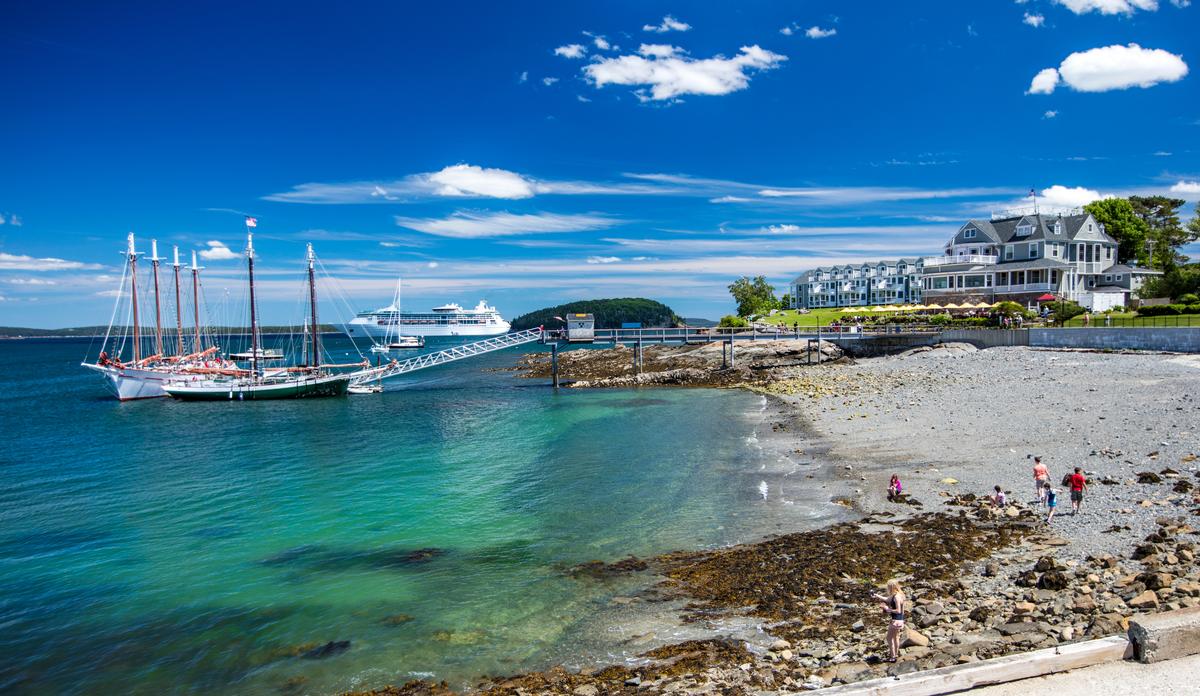
2. Bar Harbor
This is one of my favorite places to visit in Maine because it truly offers a bit of everything. I love the crisp ocean air, dramatic coastal scenery, and that cozy New England charm. In addition, Bar Harbor’s easy to get to, and in early fall the days are still pleasantly warm while the evenings turn refreshingly cool.
We drove about 3 hours northeast from Portland to this small town of roughly 5,500 on Mount Desert Island, nicknamed "Eden" which was also the town's original name. Once a Gilded Age summer spot, Bar Harbor still has that old-resort feel with Victorian mansions and waterfront promenades. We stayed in a local vacation rental for six relaxing days.
When we visited Bar Harbor, Maine, we instantly knew it was going to be one of our favorite coastal getaways—the kind of place that feels both vibrant and peaceful at the same time.
We loved wandering along the waterfront, where the cool ocean breeze, lobster boats, and sailboats created such a spectacular scene that we kept stopping just to take it all in.
Our favorite hidden gem was the Shore Path, an easy trail that wrapped around the edge of town and gave us the most amazing views of Frenchman Bay—it felt like a dream to walk there at sunrise.
We also explored Acadia National Park, which is just minutes away, and it was honestly one of the most magical experiences of our trip—hiking, biking, and driving up Cadillac Mountain gave us breathtaking views we’ll never forget.
Downtown Bar Harbor was equally awesome, filled with unique shops, cool cafés, and some of the best seafood restaurants we’ve ever tried (the lobster rolls here were spectacular!).
We found that Bar Harbor was both romantic and family-friendly, making it such a versatile spot—whether we wanted a quiet evening by the water or an exciting day outdoors, it had it all.
- Location: On Mount Desert Island along Maine’s Downeast coast, adjacent to Acadia National Park and northeast of Ellsworth
- Map & Directions
What I loved best:
Hopping on a boat tour to see puffins and whales was my favorite highlight; it was an unusual and unique adventure that made our weekend feel truly exceptional.
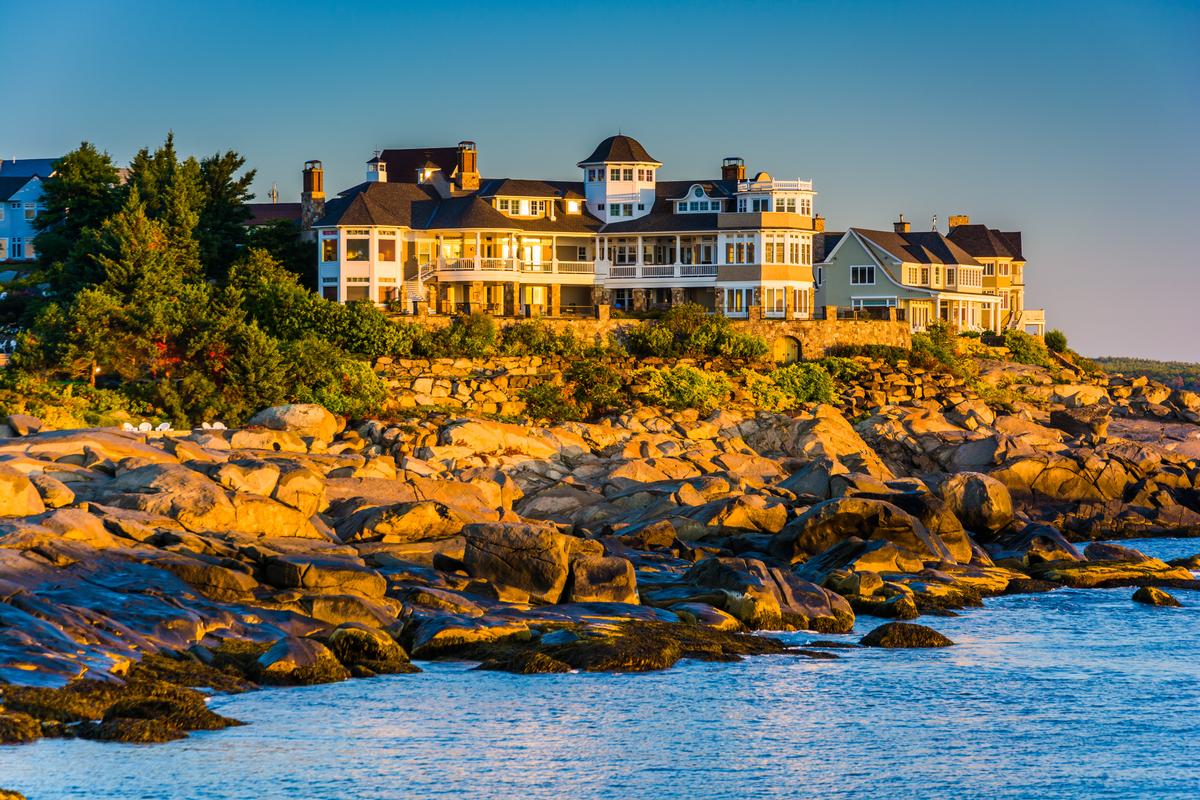
3. Cape Neddick and Cliff House Maine
This is one of my favorite coastal spots in Maine because it gives you that perfect mix of rocky shoreline, postcard-worthy views, and peaceful New England charm.
A short, scenic drive north from York brought me to the cliffs that give this area its unmistakable character where the air smelled of sea salt and pine, and every curve of Shore Road revealed a new vista — rugged rocks, hidden coves, and the endless rhythm of the ocean. My stay at the Cliff House Maine was nothing short of unforgettable: the luxury resort sits high above the Atlantic, blending modern comfort with natural drama, floor-to-ceiling windows framed the horizon.
- Location: In southern coastal Maine within the town of York, just northeast of York Beach and southwest of Ogunquit
- Map & Directions
What I loved best:
Sipping a cocktail on the terrace as the sun dipped behind the waves was my personal favorite.

4. Camden
Tucked between the mountains and Penobscot Bay, this is one of the most naturally stunning coastal towns I’ve ever visited.
When we made our way to this town, we quickly realized why so many people call it the “Jewel of the Coast”—it felt like a dream come to life, with its mix of ocean views and mountain backdrops.
We strolled through the harbor, where sleek sailboats and colorful lobster boats bobbed along the docks, and it honestly struck us as one of the most romantic and joyful scenes we’d ever seen on a weekend getaway.
One of our favorite things was hiking up Mount Battie in Camden Hills State Park—the short climb rewarded us with the absolute best panoramic views of Penobscot Bay, the town, and even the islands scattered offshore.
We loved discovering the town itself, filled with hidden gems like cozy bookshops, vibrant art galleries, and unique boutiques that made browsing downtown so much fun.
The restaurants here were spectacular—we enjoyed fresh lobster, clam chowder, and even some unusual but delicious farm-to-table dishes that made Camden’s foodie scene feel like a cool and underrated treasure.
We found the waterfront boardwalk especially magical in the evening, when the lights reflected off the water and the whole harbor seemed to glow—it was the perfect way to end a romantic day.
- Location: On Maine’s MidCoast along Penobscot Bay, north of Rockport and south of Lincolnville
- Map & Directions
What I loved best:
Taking a sailing tour; being out on the water gave us an exciting new perspective of the coastline.

5. Bangor
Ready for a low-key getaway? Check out Bangor, a real standout in Maine’s interior! I loved spending late fall weekends here, visiting local museums, and exploring the riverfront
We drove about 2 hours north from Portland to Bangor, a city of roughly 32,000 once known as the “Lumber Capital of the World.” We stayed at the Charles Inn, a boutique hotel right in the historic district.
We loved walking along the Kenduskeag Stream Trail, where the peaceful path wound through nature right in the heart of the city, giving us a joyful and refreshing escape without leaving town.
One of our favorite spots was the waterfront, where festivals, concerts, and the spectacular river views made every moment feel exciting and full of energy.
We couldn’t resist checking out some of Bangor’s unique landmarks, including the giant Paul Bunyan statue, which was quirky, fun, and definitely one of the coolest photo ops we found.
As book lovers, we were thrilled to see Stephen King’s iconic Victorian-style home—it was such an unusual and magical highlight that made Bangor feel even more interesting and unforgettable.
The restaurants in town were awesome, with everything from affordable comfort food to vibrant breweries and some of the best farm-to-table dining in the region—we kept finding new favorites every day.
- Location: In central-eastern Maine along the Penobscot River, west of Brewer and north of Hampden
- Map & Directions
What I loved best:
The City Forest, a spectacular network of trails that was perfect for our family walk, was my personal highlight.
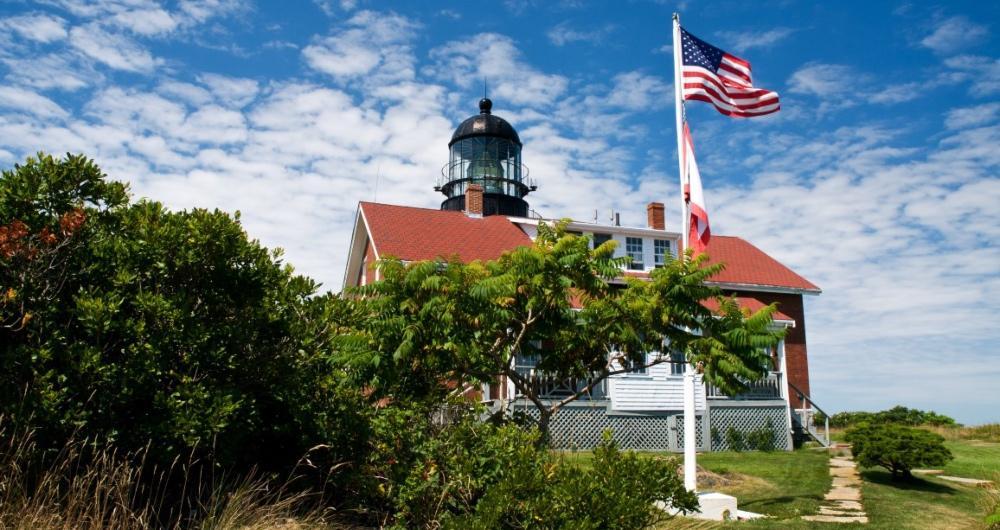
6. Georgetown
When we spent time here this month, we felt like we had uncovered one of the most spectacular hidden gems on the coast. Georgetown, Maine it was peaceful, beautiful, and full of unique charm.
We drove about 1 hour north from Portland to Georgetown, a rural island community of around 1,000 people connected to the mainland by bridge. Settled in the 1600s, the town has long relied on fishing and shipbuilding.
We loved that this small town sat just south of Bath and close to Boothbay, yet it felt wonderfully off-the-beaten path, giving us the coolest mix of seclusion and easy access to nearby attractions.
Our favorite experience was visiting Reid State Park, where long stretches of sandy beach met dramatic rocky shoreline—it was honestly one of the absolute best coastal landscapes we had ever seen in Maine.
We spent hours walking the trails and watching the waves crash, and it was the perfect spot for both a romantic picnic and a joyful family outing.
We also discovered Five Islands Lobster Co., a simple dockside shack that served some of the most amazing and affordable lobster rolls and seafood we’ve ever tasted—it quickly became one of our favorite meals of the trip.
- Location: On the midcoast of Maine on an island peninsula between the Sheepscot and Kennebec Rivers, south of Bath and north of Phippsburg
- Map & Directions
What I loved best:
Exploring the harbor was magical, with working lobster boats, peaceful views, and a laid-back vibe that felt like stepping into a dream version of coastal New England.

7. Rockland
When we arrived, we were instantly struck by how vibrant and welcoming this coastal town felt, and it quickly became one of my favorite places to explore in Maine!
We drove about 1 hour 45 minutes northeast from Portland to Rockland. We stayed at the LimeRock Inn, a Victorian B&B with wraparound porches.
We loved strolling through the lively downtown, where unique shops, art galleries, and cool cafés lined the streets, giving the whole area such an exciting and creative energy.
One of our absolute best experiences was visiting the Farnsworth Art Museum, which showcased both local and nationally renowned artists—it was a brilliant idea to spend a whole afternoon there, and we left feeling inspired.
We couldn’t get enough of the spectacular Rockland Harbor, where lobster boats and sailboats floated against a backdrop of islands—it felt like a a dream, and we kept stoping to capture the views in photos.
Walking the mile-long Rockland Breakwater to the lighthouse was one of the coolest and most unusual adventures of our trip—it was both peaceful and thrilling at the same time.
We also discovered Rockland’s foodie side, from fresh lobster shacks to vibrant farm-to-table restaurants, and even some of the best craft breweries in Maine—it was an exceptional and joyful part of our visit.
- Location: On Maine’s MidCoast along Penobscot Bay, south of Camden and north of Thomaston
- Map & Directions
What I loved best:
I loved timing our trip with the Maine Lobster Festival, which brought so much excitement, delicious food, and a true celebration of local culture.
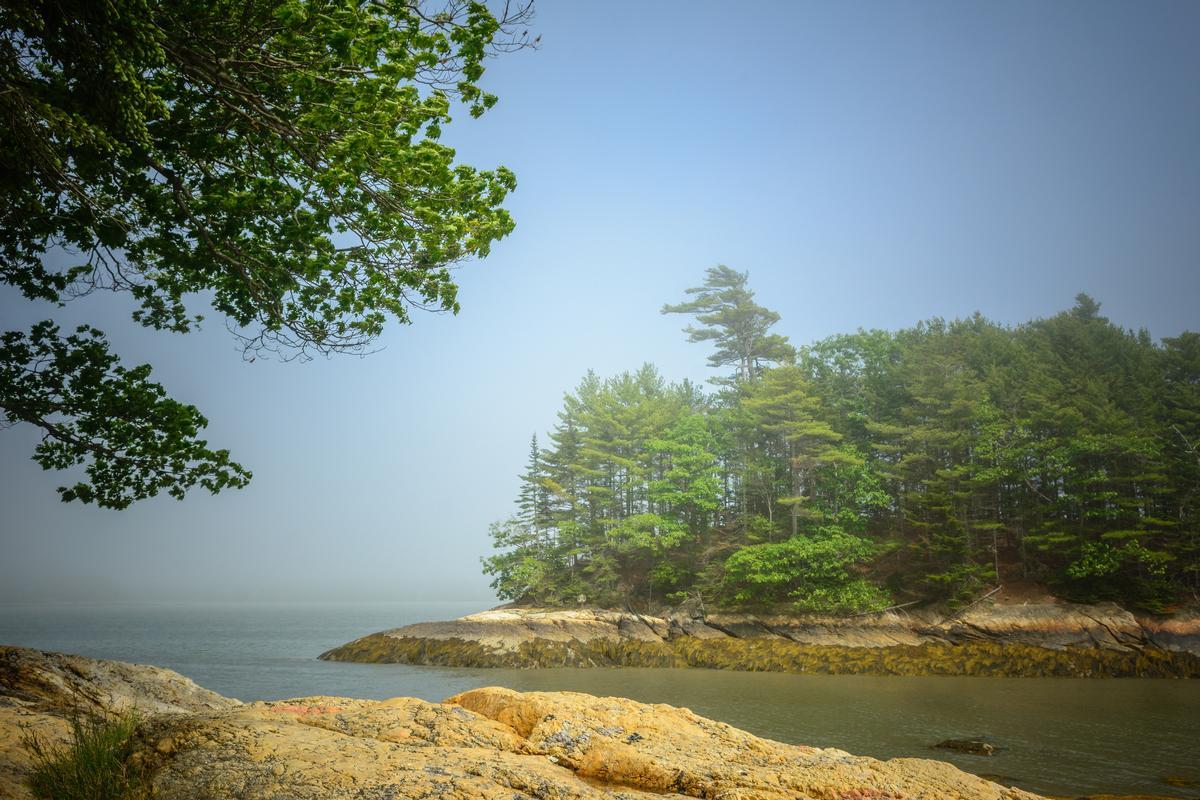
8. Best Things to Do in Freeport - just a 25-minute drive from Portland
This turned out to be one of the coolest towns I’ve explored in New England, and honestly, it’s an absolute dream for a weekend getaway! Why? First off, Freeport is the famous home of L.L.Bean since 1917. The flagship store is actually open 24/7 right downtown so you can't miss it. In addition, from Portland, it was just a quick 25-minute drive north to Freeport, which was perfect for a Maine day trip.
I stopped at the Freeport Historical Society ($5 donation) to learn about the town’s shipbuilding and farming past before exploring Harraseeket Harbor.
We stayed at Harraseeket Inn ($185) for two days, a classic New England lodge with cozy fireplaces and a restaurant focused on locally sourced food.
I also loved stumbling upon the Desert of Maine, which was one of the most unusual and underrated attractions I’ve ever seen in New England. It’s a quirky hidden gem where I walked across rolling sand dunes surrounded by forest...it felt so unique! You can buy tickets online for $21.
Next was Wolfe’s Neck Woods State Park...it completely won me over and I think it's one of the best things to do in Maine.
When we needed a food break, we had great pizza at Tuscan Brick Oven Bistro and awesome barbecue at Buck's Naked BBQ & Studio Bar.
- Location: In southern Maine along Casco Bay, north of Portland and south of Brunswick
- Map & Directions
What I loved best:
Hiking along the wooded trails along the water and spotting ospreys was the kind of spectacular outdoor experience that makes Maine so magical.

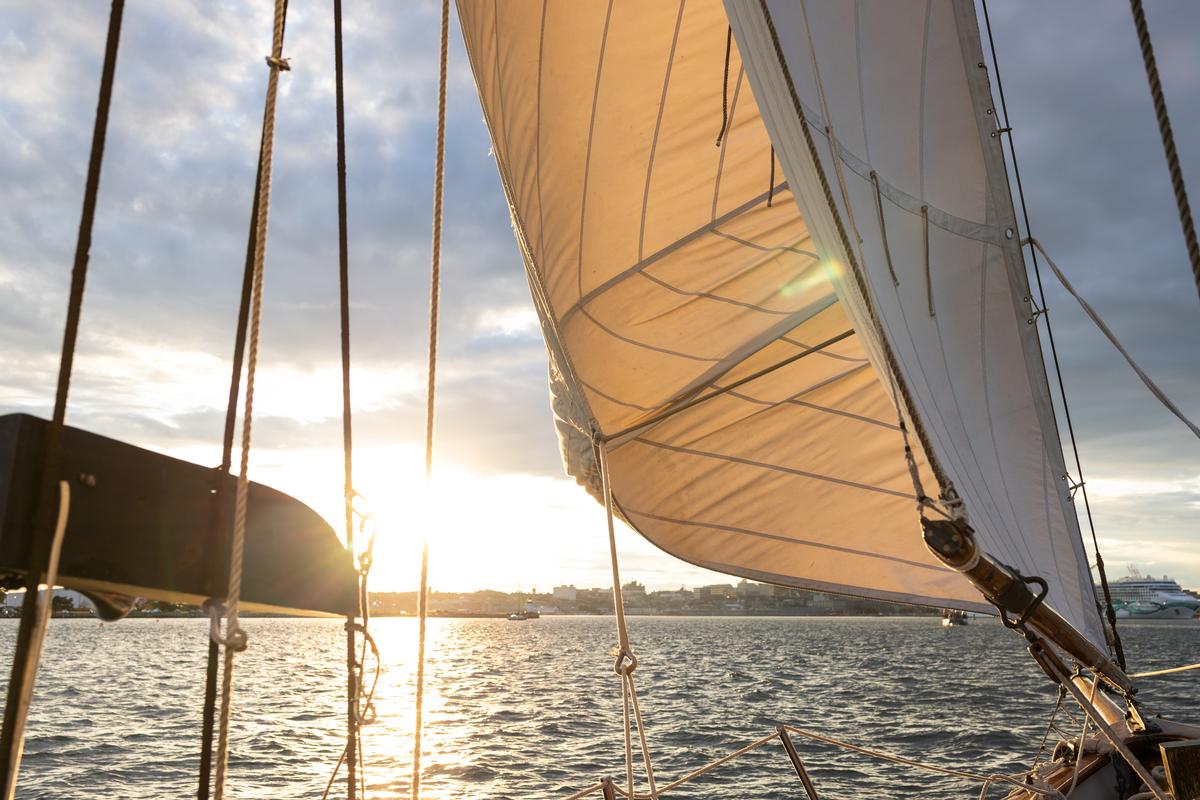
9. Schooner Stephen Taber
Launched in 1871 and still sailing today, this is one of the most authentic windjammer experiences I’ve ever had, and I think it’s one of the best ways to explore the Maine coast. Why? First off, the Stephen Taber gives you access to miles of open water and scenic views. In addition, the laid-back atmosphere is far removed from crowded cruise ports or touristy waterfronts.
From Portland, it was about a 1 hour 45-minute drive northeast to Rockland, a city of roughly 7,000. Once a shipbuilding and lime-processing hub, today it’s known as the Lobster Capital of the World.
Schooner Stephen TaberMeals onboard are fresh, locally sourced dishes and often enjoyed on deck with ocean breezes and priceless views.
What I loved best:
To me, what makes this such a gem is how it combines history, adventure, and relaxation.
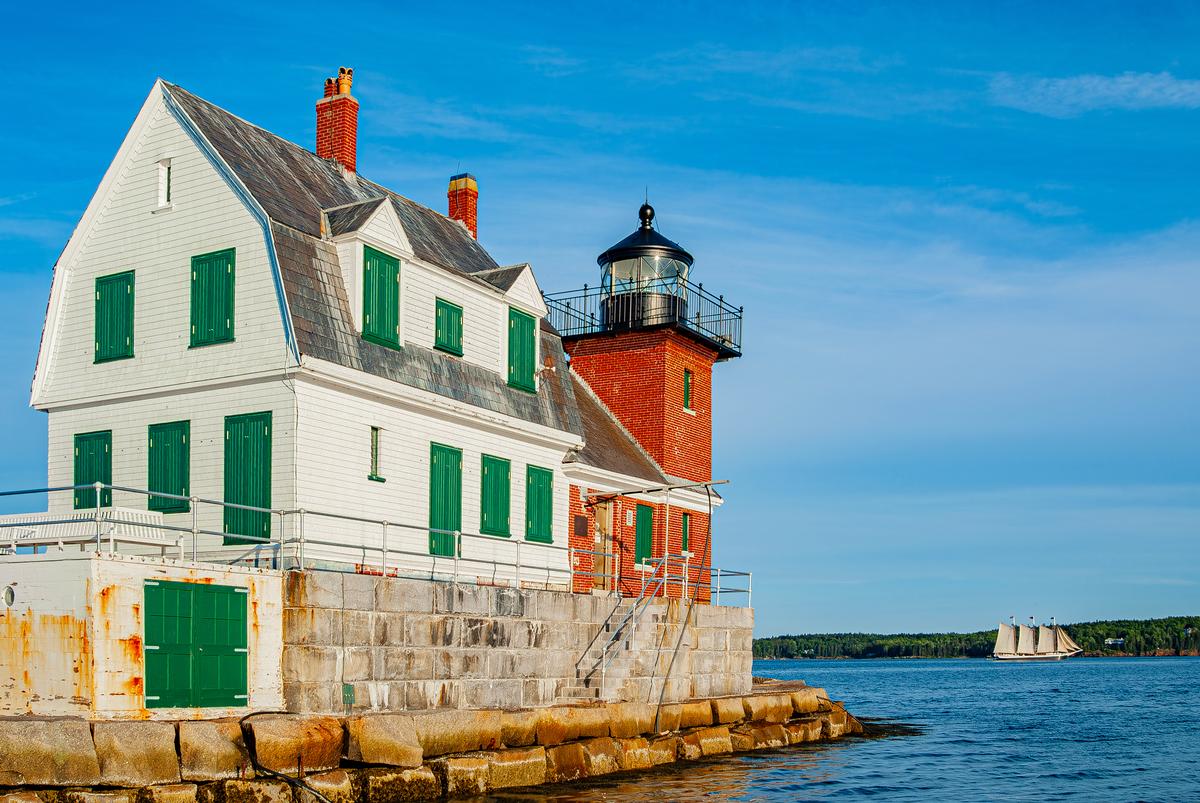
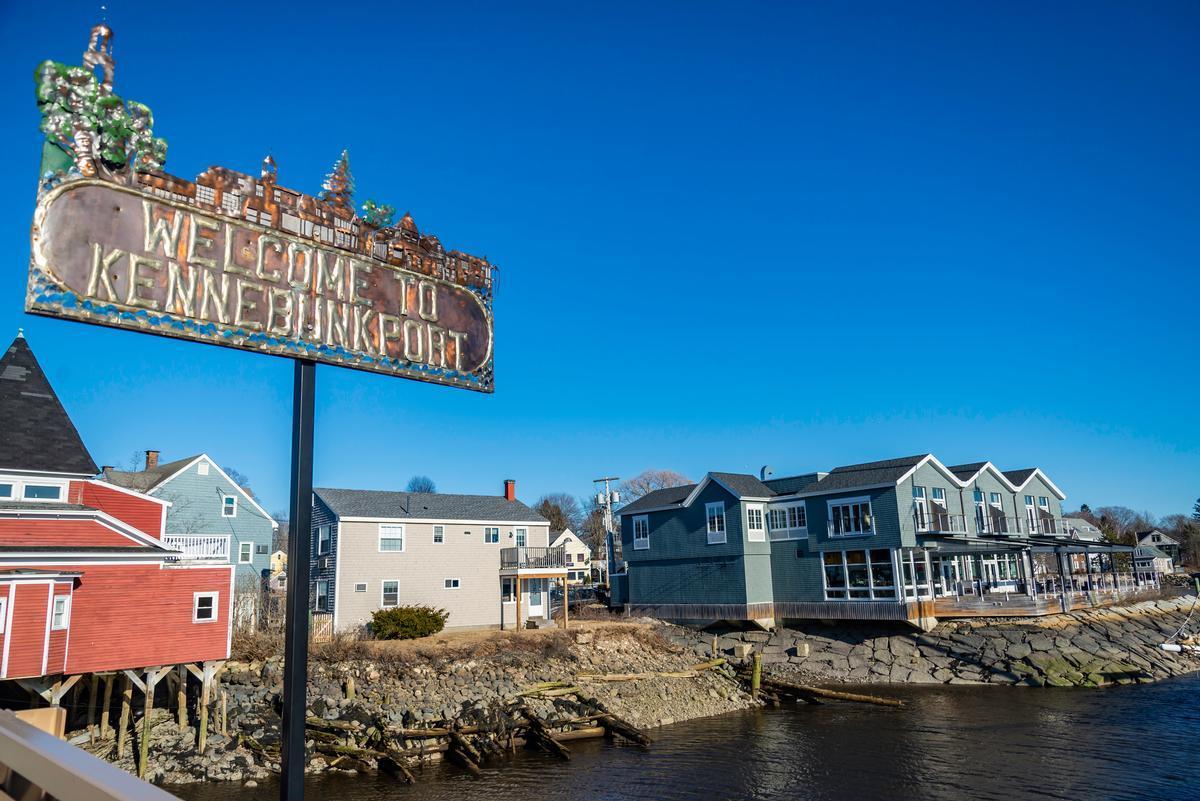
10. Things to Do in Kennebunkport
I thought that this was one of the best day trips in Maine when I moved to the East Coast. Why? First off, it's easily accessible from Portland, just a 40-minute drive south. In addition, it offers a number of diverse things to see and do, so we were never bored.
I browsed art galleries, souvenir shops, and lobster shacks before heading to the Seashore Trolley Museum ($15 admission), the oldest and largest electric railway museum in the world. We stayed at the Captain Lord Mansion ($235) for two days, a historic 1812 sea captain’s home turned elegant inn.
I loved exploring the Dock Square area, with its 18th- and 19th-century buildings, was once a shipbuilding hub.
- Location: In southern coastal Maine along the Atlantic Ocean, east of Kennebunk and south of Biddeford
- Map & Directions
What I loved best:
Goose Rocks Beach was my personal highlight. Its soft sand and wide shoreline are not to be missed at sunset.
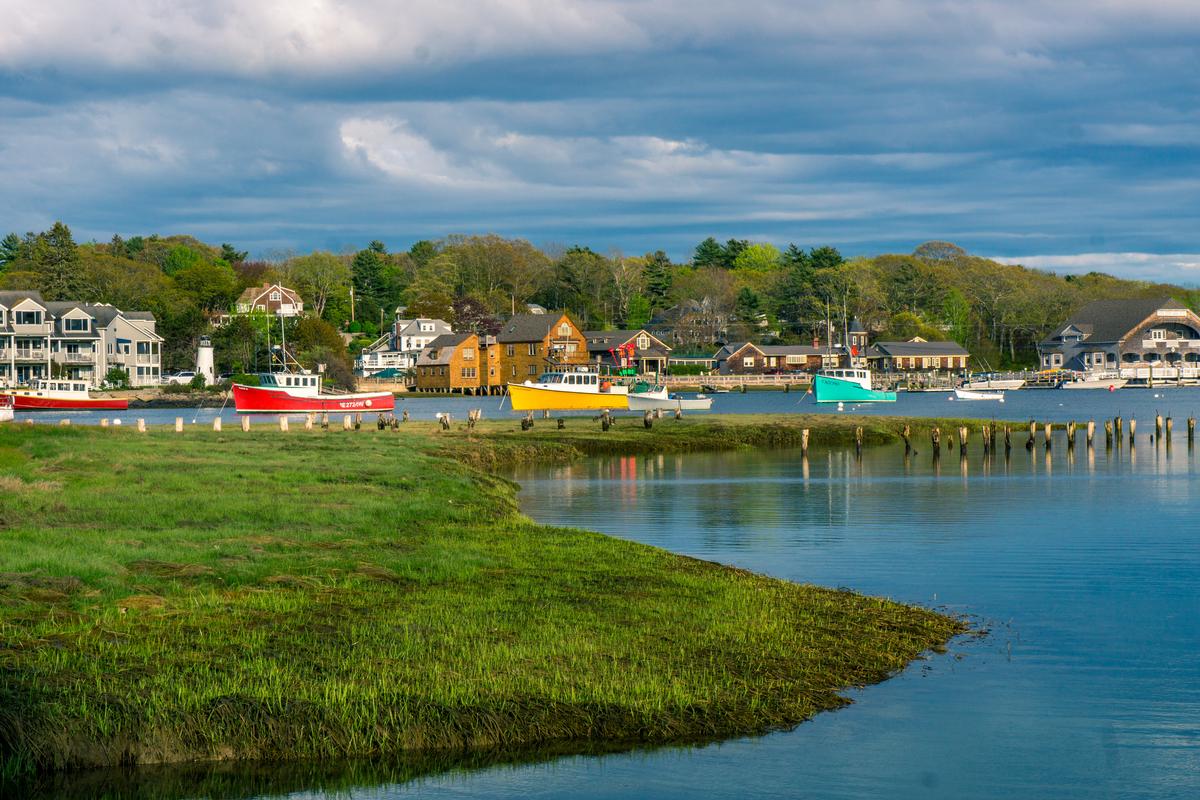
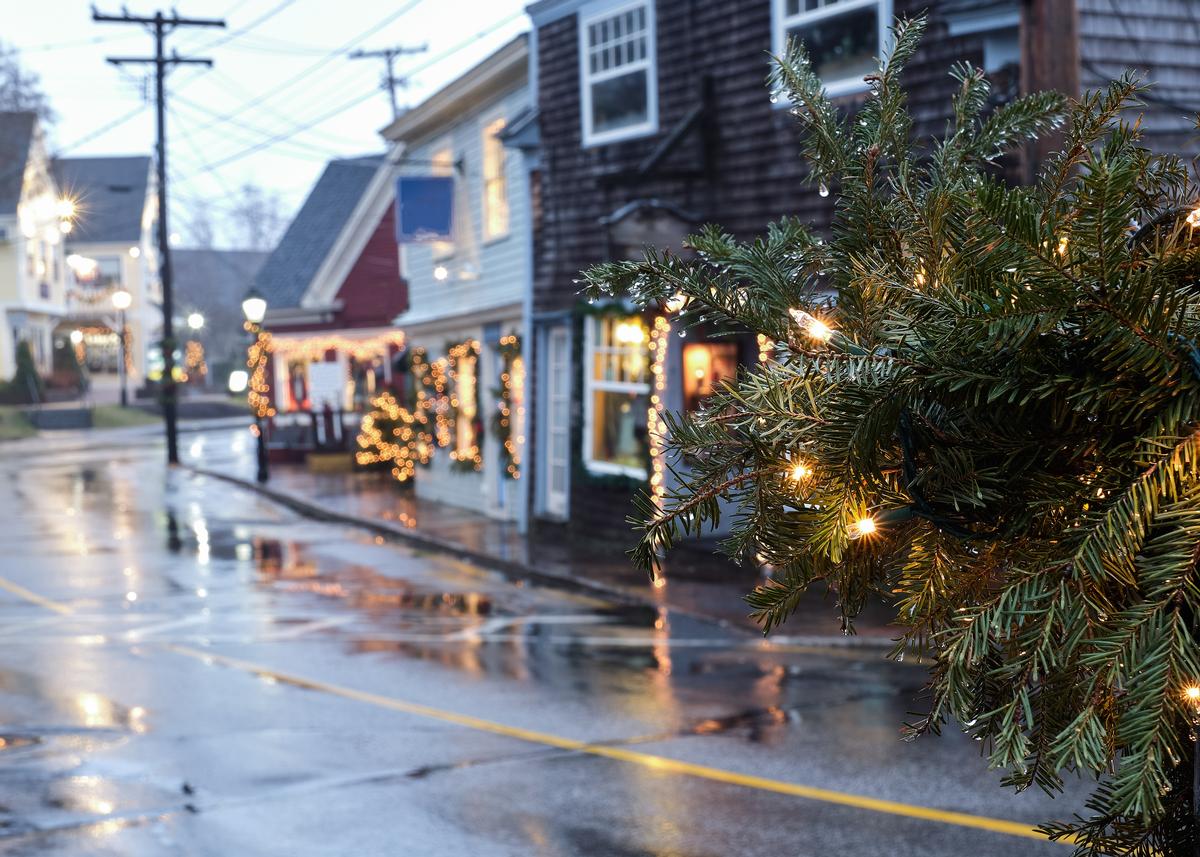
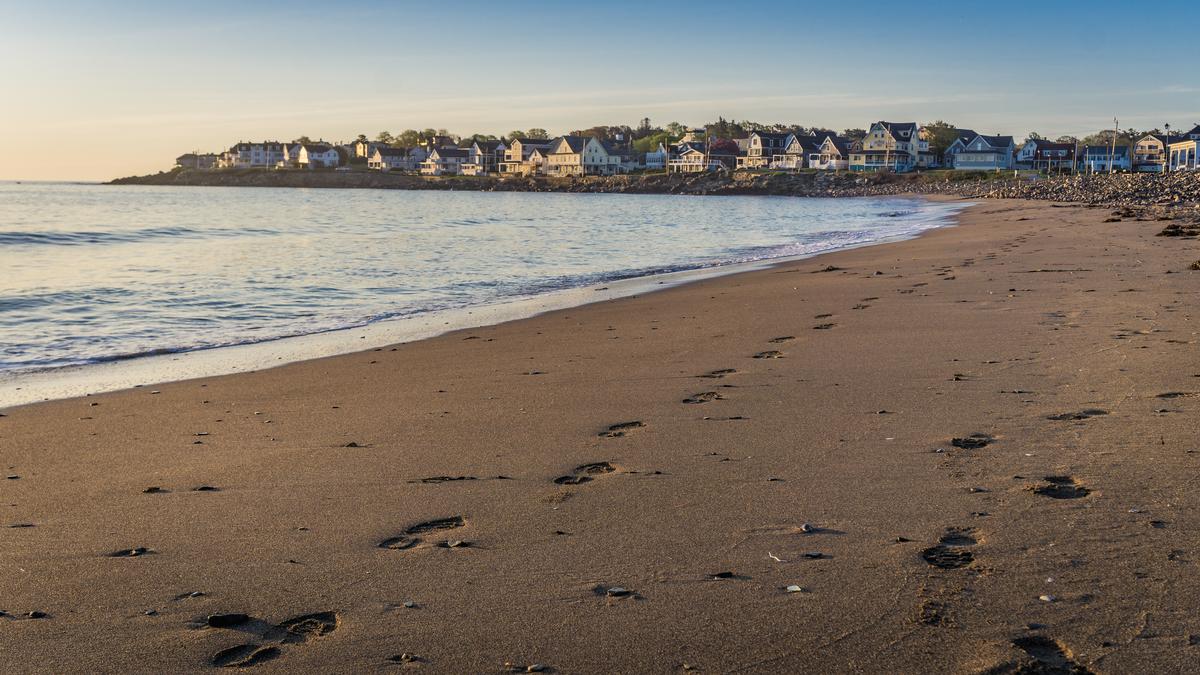
11. York, Maine
Ready for a classic Maine beach getaway? Check out York, for me, a real standout! I loved spending late September afternoons walking along the Cliff Walk, watching the waves crash against the rocks and feeling that clean ocean air.
A breezy drive up U.S. Route 1 brought me to the heart of town, where salt air mingled with the scent of fresh-baked pastries from local cafés. I spent the afternoon strolling through the quaint shops in York Village, admiring historic buildings that date back to the 1600s, and then wandered down toward York Harbor Beach, where waves lapped gently against the shore.
What I loved best:
- Location: In southern coastal Maine near the New Hampshire border, south of Ogunquit and north of Kittery
- Map & Directions
The standout experience was my visit to Wiggly Bridge Distillery, a family-run craft distillery named after the town’s charming miniature suspension bridge nearby. Inside its beautifully restored barn, I sampled small-batch spirits — including their smooth bourbon and award-winning rum — while chatting with the friendly distillers about their hands-on process.
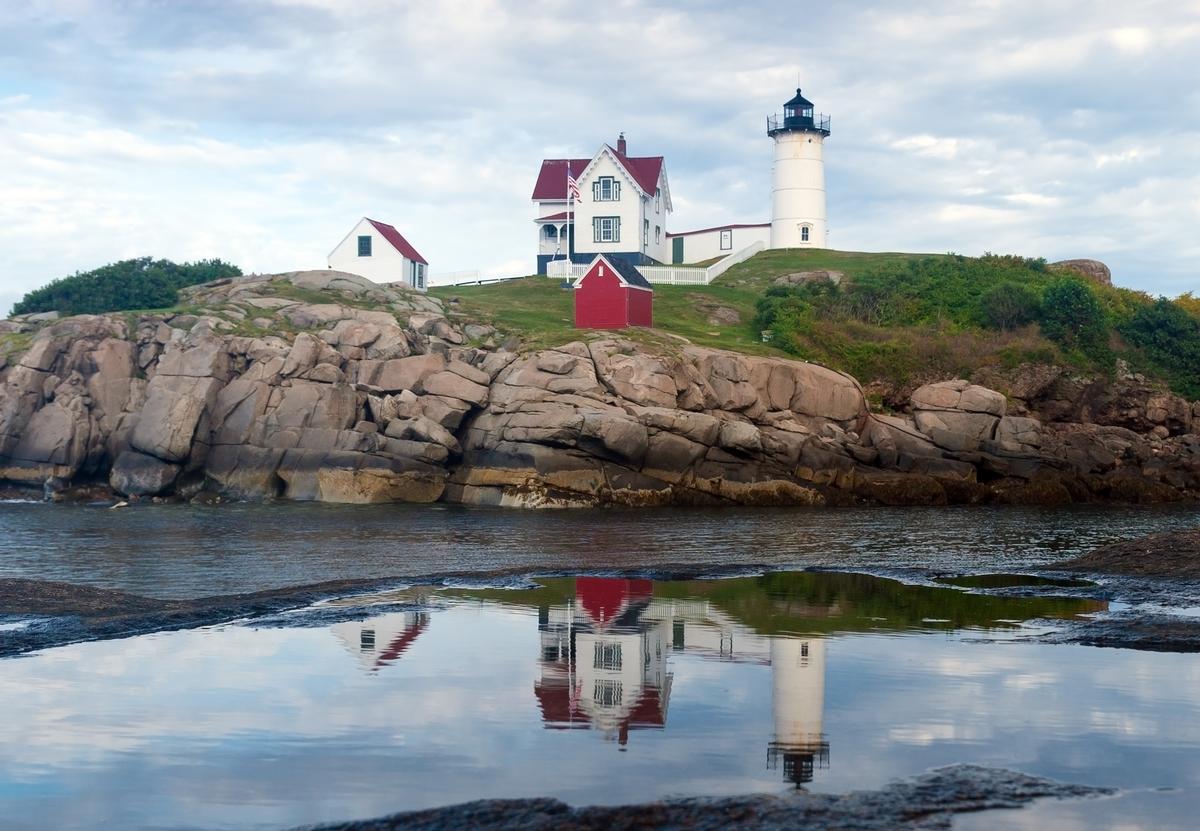
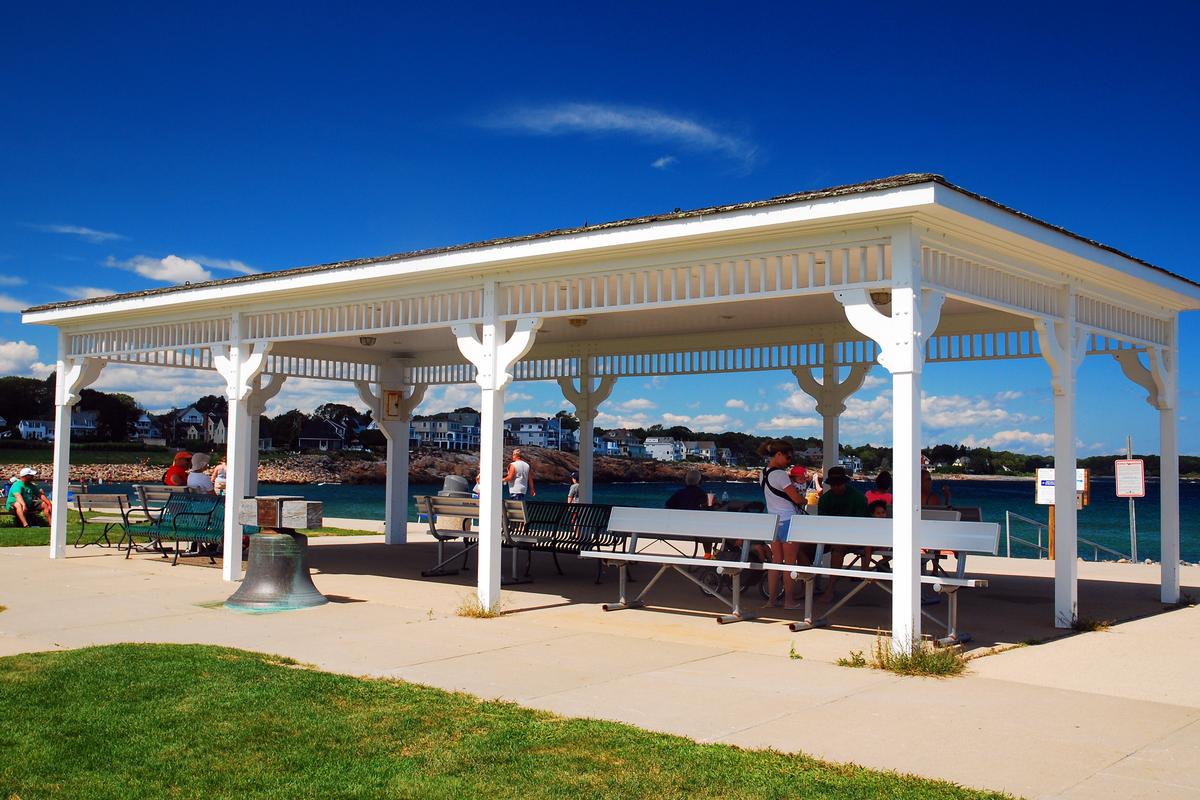
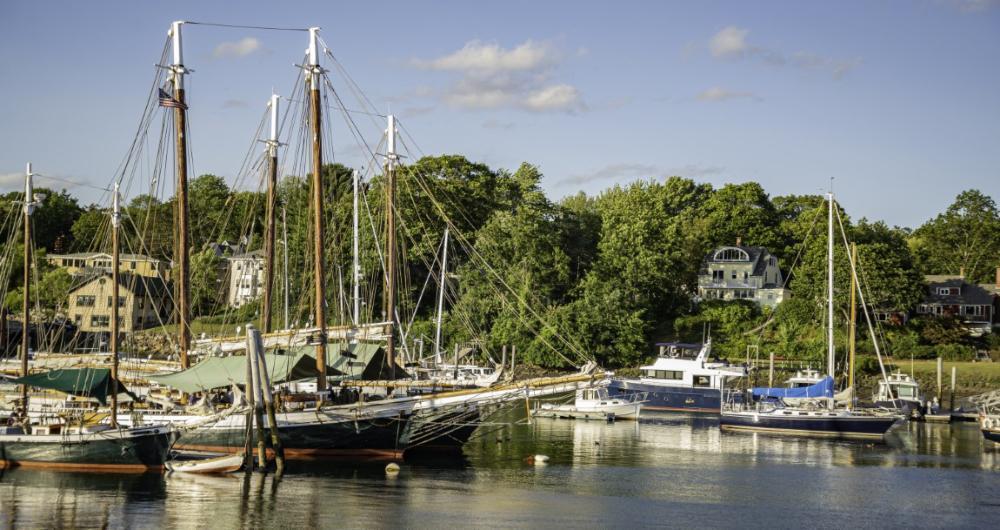
12. Belfast
Set at the mouth of the Passagassawakeag River, this is one of the most quietly charming towns I’ve explored in Maine. I think it’s one of the absolute best places when I'm in the mood for culture and coastal scenery without the crowds.
When we arrived, we immediately felt the magic of this coastal town—it had the coolest mix of historic charm and vibrant energy, making it one of our favorite underrated gems.
We drove about 1 hour 45 minutes northeast from Portland to Belfast. Once a major shipbuilding and poultry-processing hub, today it blends history with a creative vibe. We stayed at the Belfast Bay Inn, a restored Federal-style boutique hotel downtown.
We loved wandering through the walkable downtown, where unique shops, art galleries, and cozy cafés created such a joyful and welcoming vibe that we wanted to linger all afternoon.
One of the absolute best parts of our trip was strolling along the Belfast Harbor Walk, where spectacular views of the boats and bay made every step feel like a dream.
We couldn’t resist checking out the vibrant arts scene, where local galleries and unusual public art installations gave Belfast such a unique and creative spirit.
- Location: On Maine’s MidCoast along Belfast Bay and the Passagassawakeag River, north of Camden and south of Searsport
- Map & Directions
What I loved best:
We also discovered the Belfast Rail Trail, which was perfect for a family bike ride or a romantic walk, surrounded by peaceful nature and sweeping water views.
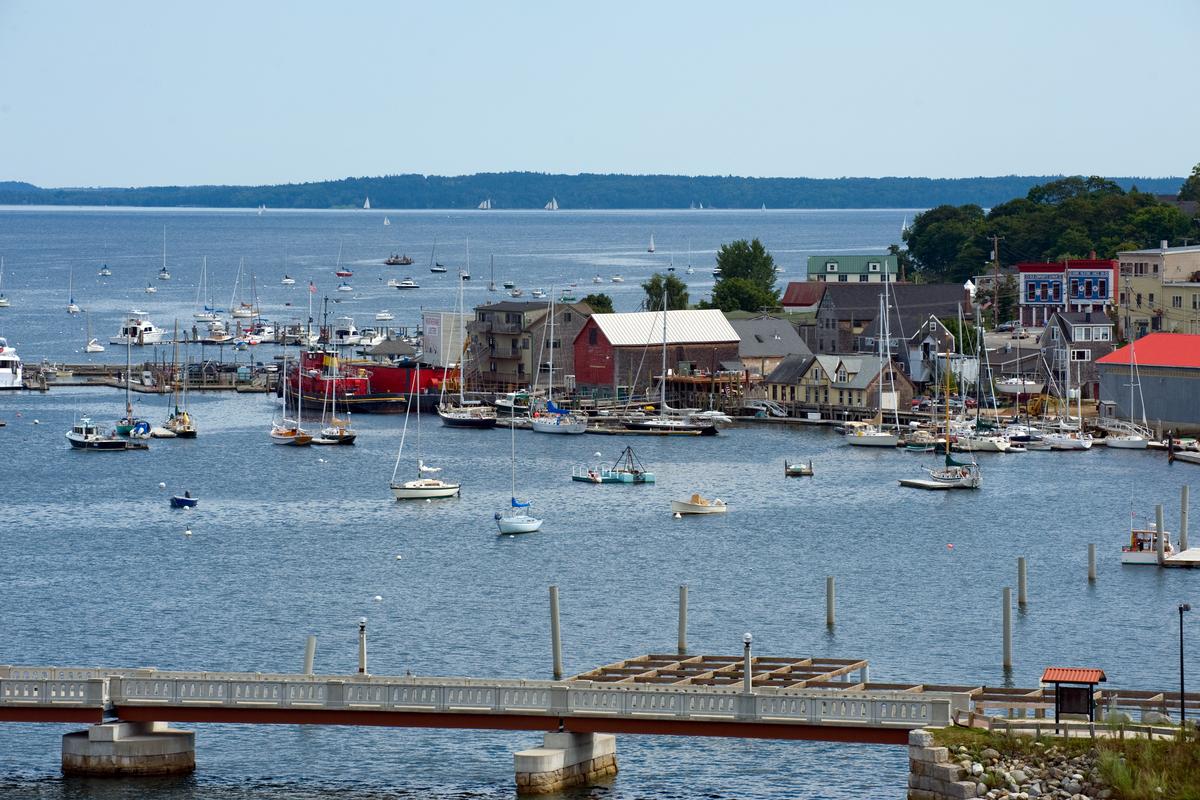
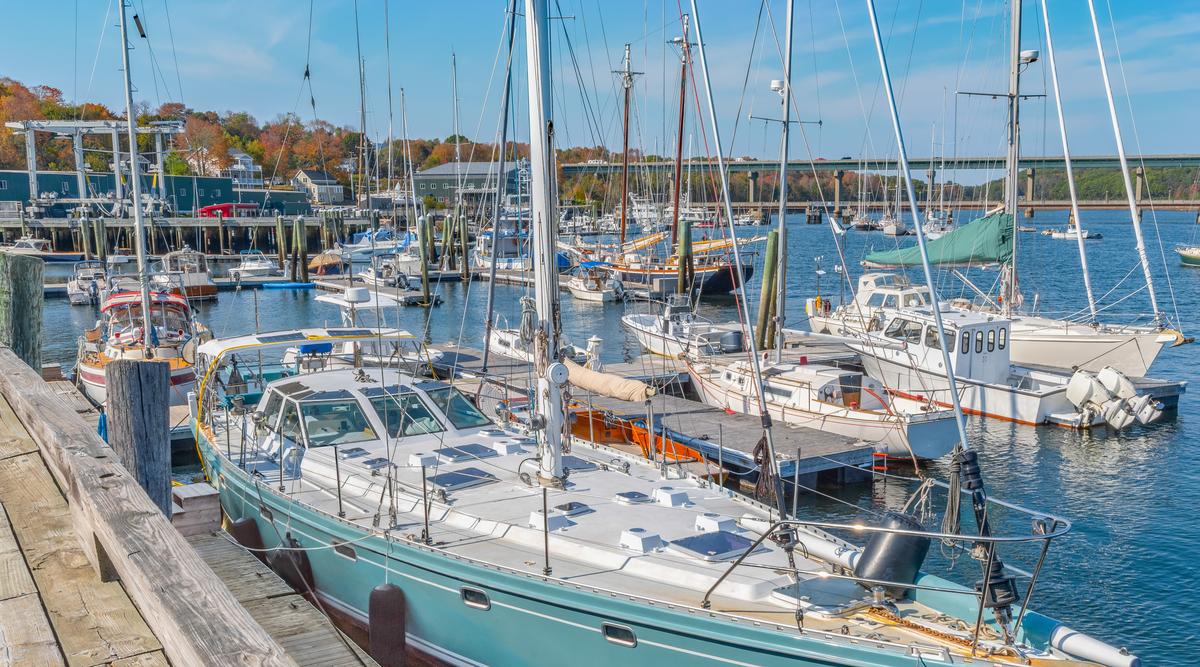
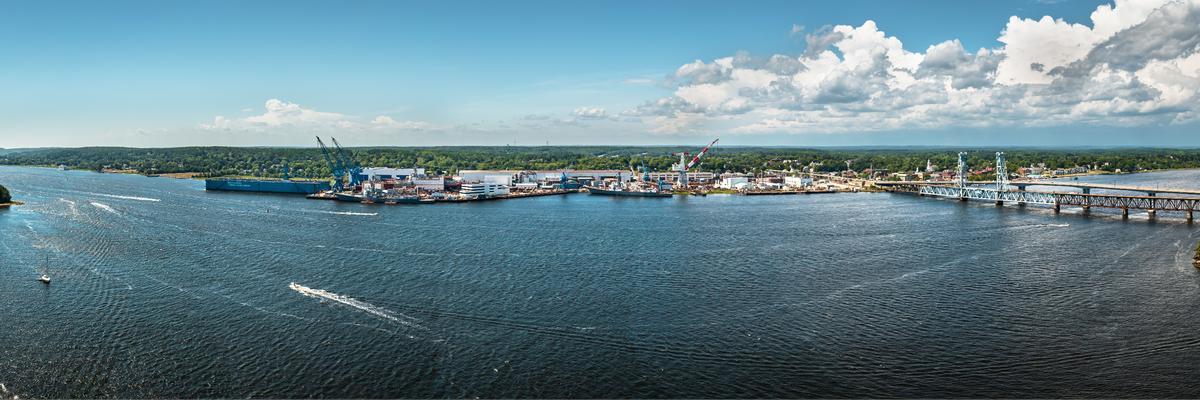
13. Bath
Ready for a history-rich coastal escape? Check out Bath, a real standout! I loved spending crisp autumn afternoons along the riverfront, watching boat traffic, and exploring the nearby trails. With its mix of maritime heritage and quiet neighborhood charm, Bath is one of my favorite vacation ideas in Maine.
When we visited, we were amazed at how this small riverside city blended history, charm, and coastal beauty—it quickly became one of our favorite underrated gems in New England.
We drove about 40 minutes northeast from Portland to Bath, a small city of around 8,400 with a big maritime past.
Known for shipbuilding since the 1740s, it’s home to Bath Iron Works, where naval destroyers are still built today.
We loved walking through downtown Bath, where the brick-lined streets, cool boutiques, and vibrant cafés gave the whole town such a joyful and welcoming atmosphere.
One of our absolute best highlights was the Maine Maritime Museum, where we explored the rich shipbuilding history and even saw full-sized replicas—it was an exciting and unusual experience that felt both educational and fun.
We found the working waterfront especially magical, with fishing boats and the Kennebec River views creating a spectacular backdrop for photos and evening strolls.
Our favorite meal came from one of the local seafood spots—affordable, fresh lobster rolls and chowder that tasted like the essence of Maine itself.
- Location: On Maine’s MidCoast along the Kennebec River, south of Brunswick and north of Phippsburg
- Map & Directions
What I loved best:
For me, Bath is one of the best places to visit in Maine because it's scenic and unique!
We loved discovering the town’s hidden trails and parks, my personal highlight.
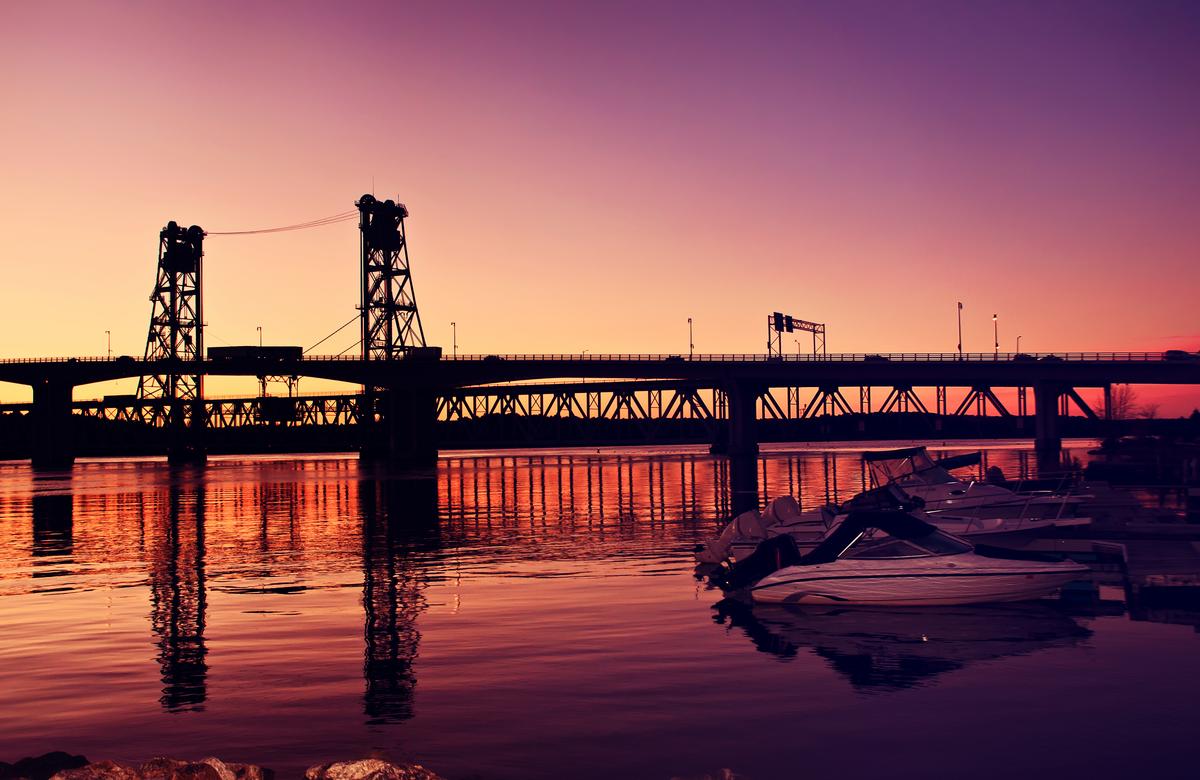
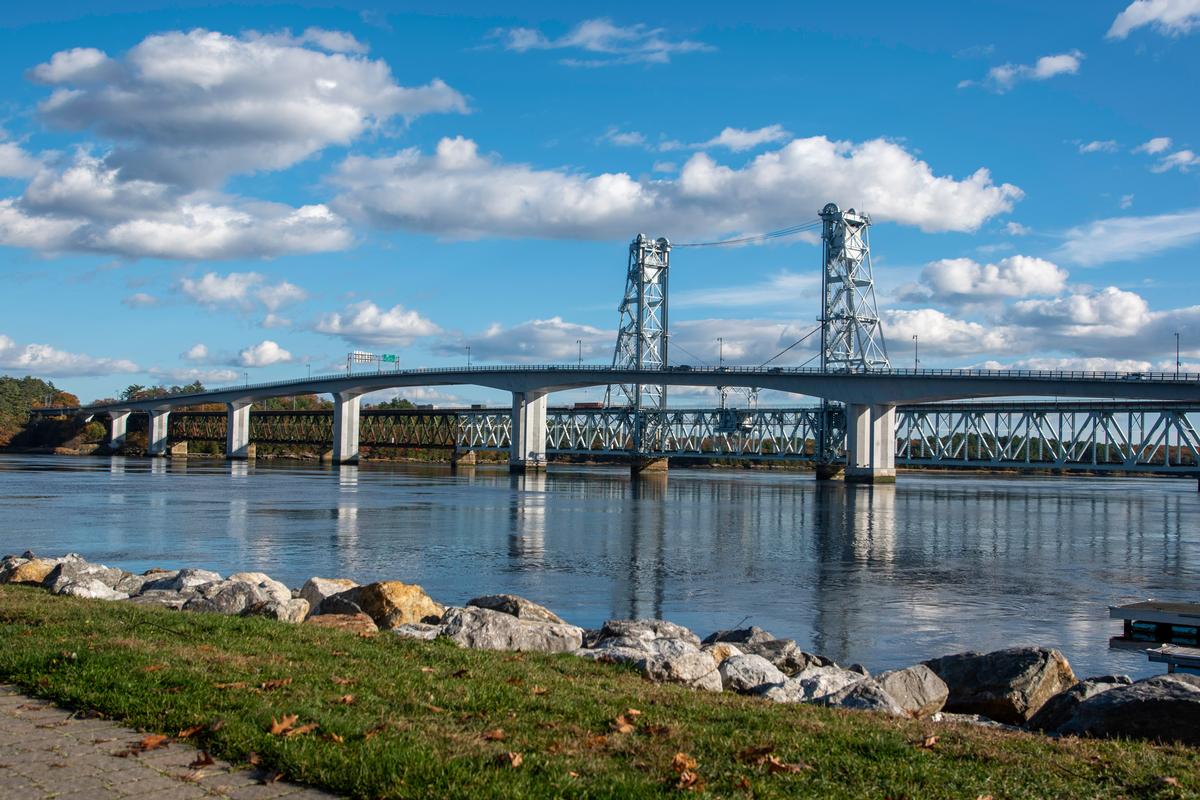
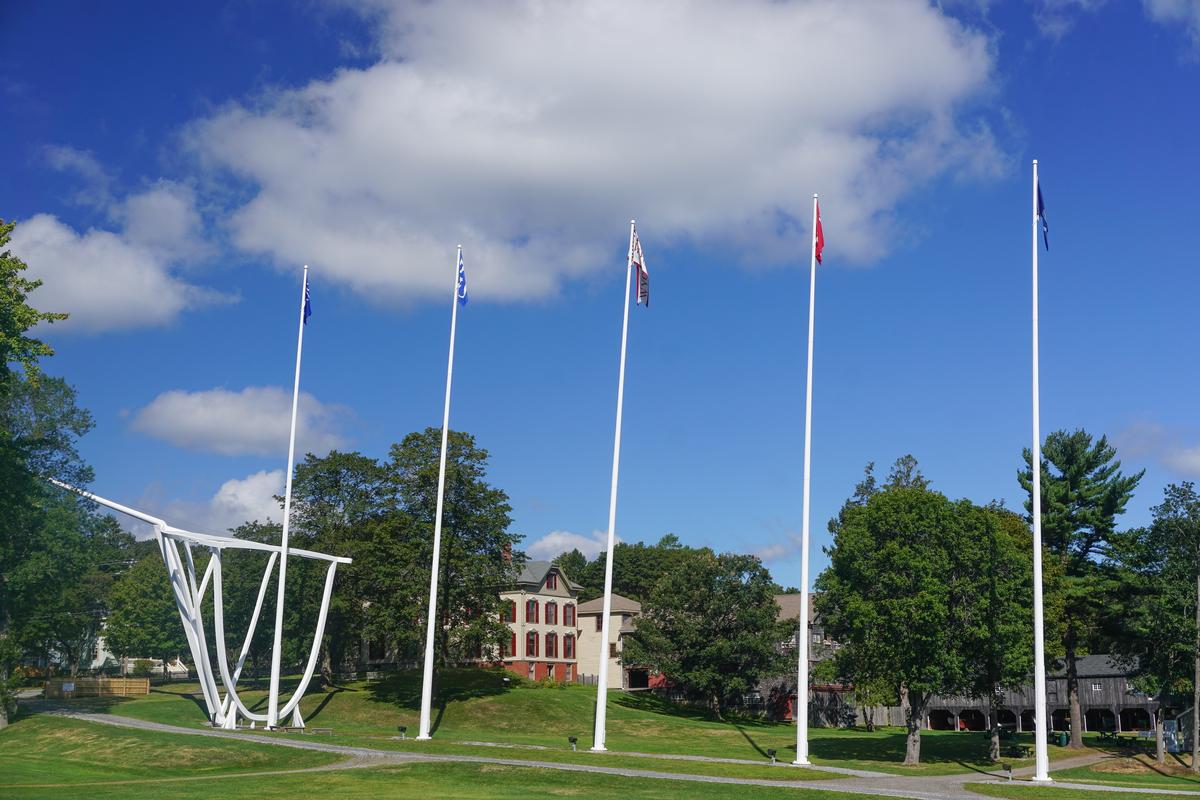
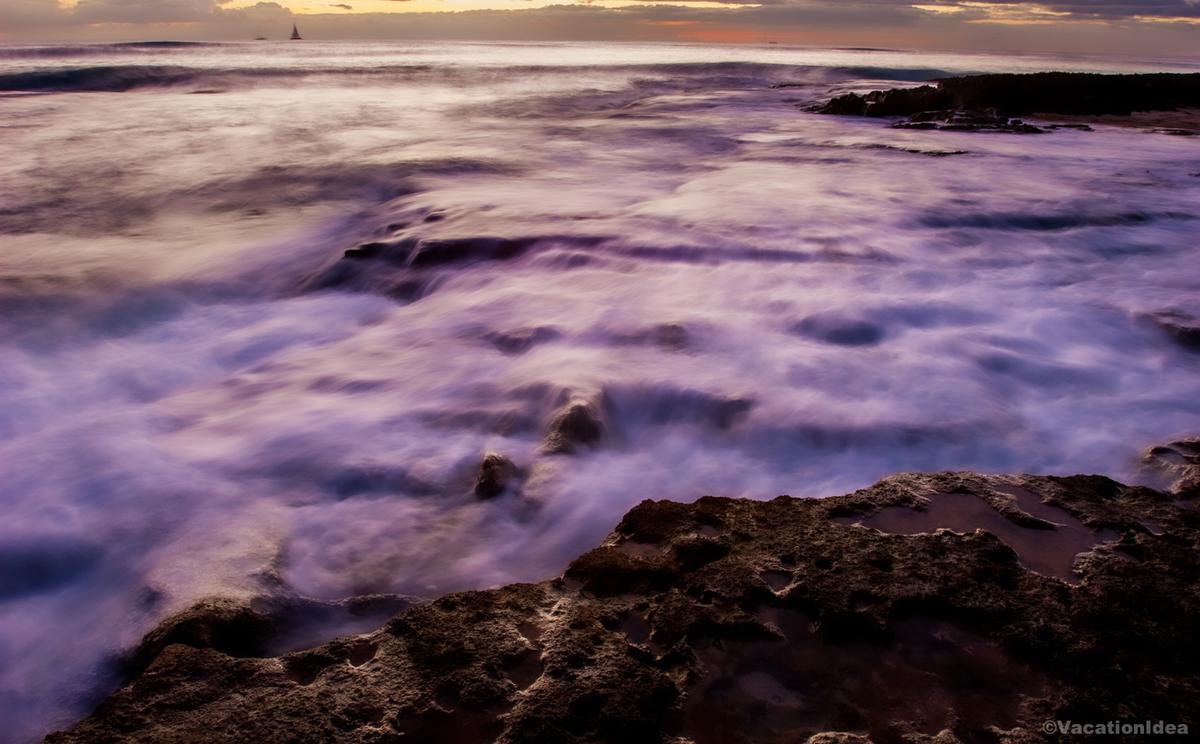
Booking Checklist
1. Book Your Flight - I use Expedia because I like their mobile app with my itinerary. They've helped me re-book flights on many occasions. Once you reach their Gold tier, support is especially good.
2. Book Your Hotel - I use Booking.com or Expedia, depending on my destination.
3. Book Your Rental Car - I use Expedia.
4. Book your tours on Viator or Get Your Guide.
5. If you are planning to visit more than three national parks in the next 12 months, buy the America the Beautiful Pass.
